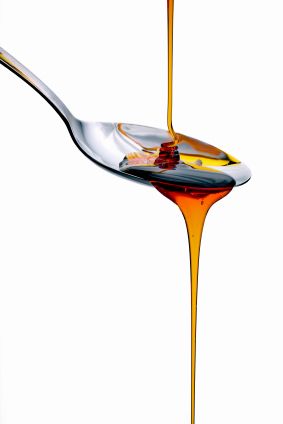Names for Sugar

Names for Sugar
In recent years, many people have become more health conscious and, as a result, they are reading food labels more than in the past. In response, food companies have found a way to make their product ingredient lists look better than they really are. For instance, in the case of sweetener, instead of listing “sugar” as the first, and therefore most plentiful ingredient, even when it predominates, they will use several different forms of sugar, which can be listed separately and further down on the list.
Sugar by another name
If you are trying to cut down on sugar or have medical issues that necessitate avoiding sugar, you need to be aware of these other terms for sugar. Even if you don’t have these medical problems, be aware that separating the sugars into different names may make the food look like it has less sugar than it really does. You may find as many as six different sugars in a single product that if grouped together would make "sugar" the top ingredient.
The best way to know how much sugar is in the product is to check the “Sugars” category under “Carbohydrates” on the Nutrition portion of the food label. However, the limitation of this number is that you cannot tell how much "added sugar" there is in the product, versus sugars that are found naturally in many carbohydrate foods. This is the reason that you also need to read the ingredient list--to see what sugars have been added to the product. Click here for more information on reading food labels.
Here is a list of names for sugar that you might find on a food label:
Click here for a printable copy of this list.
Names for Sugar (found on food labels)
All the “ –oses” including:
-Dextrose
-Fructose
-Glucose
-Lactose
-Levulose
-Maltose
-Sucrose
All the “syrups” including:
-Cane syrup
-Corn Syrup
-High Fructose Corn Syrup
-High Maltose Corn Syrup
-Brown Rice Syrup
-Malt Syrup
Other sugars including:
-Corn Sweetener
-Honey
-Cane juice
-Molasses
-Maple Sugar
-Brown Sugar
-Invert Sugar
-Raw Sugar
-Turbinado sugar

Interesting Fact: When white sugar is processed from sugar cane, they start by squeezing "cane juice" out of the harvested sugar cane. After that, the juice goes through several processes of drying and chemical treatments to get that pure white crystalline stuff that we buy in the store. This is why many health food products are sweetened with cane juice, which, although still sugar, is less processed with fewer of the added chemicals that you would find in white sugar.
Natural sugar vs. Highly processed sugar
Conventional wisdom says that there is no difference between eating processed sugar like white table sugar or corn syrup, and eating the more natural forms like fruit sugar and honey. This may be true with regard to calories and in some cases, the effect on your blood sugar, but naturally occurring sugars have qualities that are not found in processed sugars. They are whole foods that cannot be synthesized. We may not have discovered all the characteristics that make them special, but I am convinced that they are still a better choice than their processed step-cousins. Of course, too much sugar in any form is not part of a healthy diet!
Glycemic Index
There is another issue with regard to carbohydrates that has become popular in recent years. This is something called the Glycemic Index. This is a way of measuring how fast the sugar from carbohydrates gets into your bloodstream. This may be important in weight loss and control of diabetes, because of its affect on insulin, the hormone produced by your pancreas that allows the glucose to enter the cells and provide energy. Generally the simpler the carbohydrate, the more quickly it is broken down and shows up as glucose in your blood.

